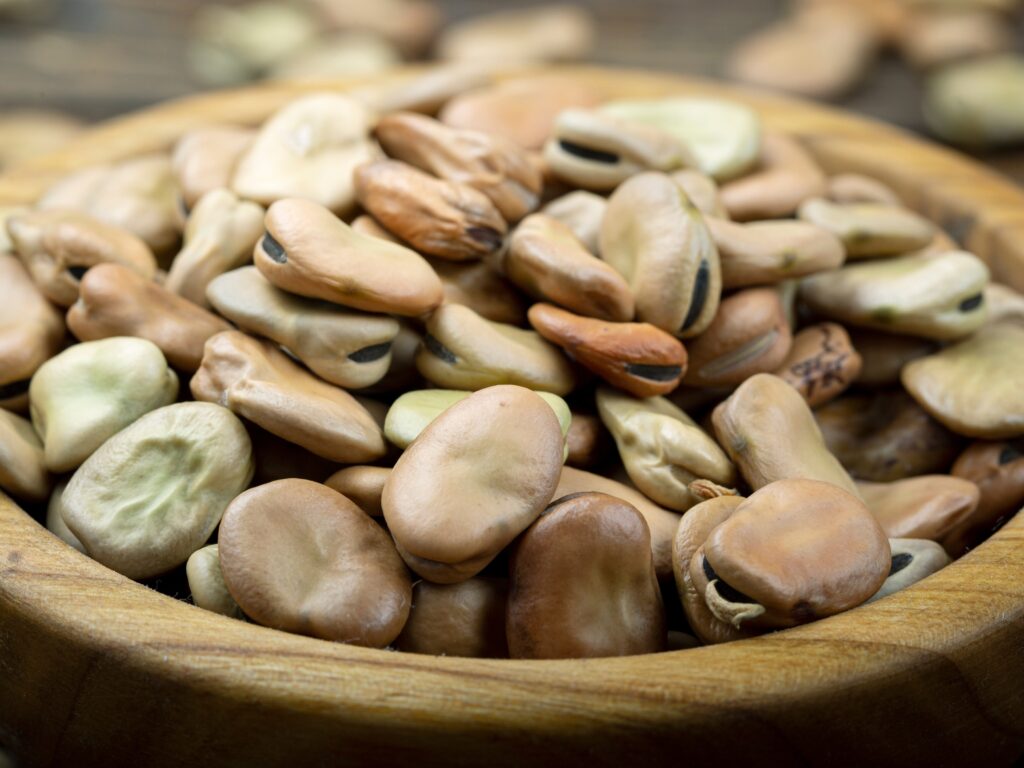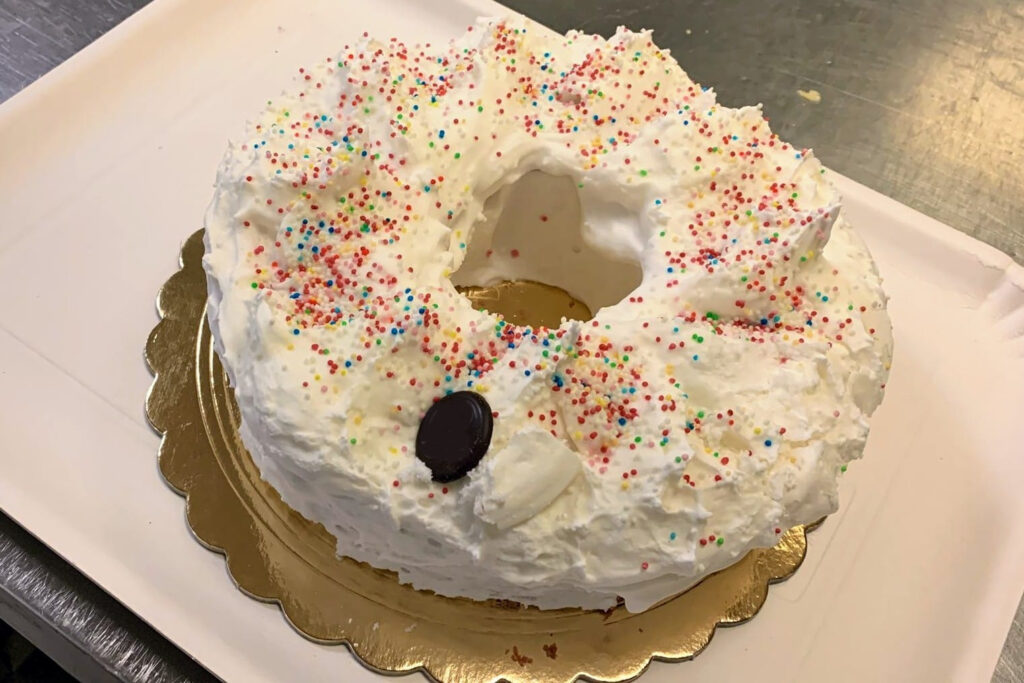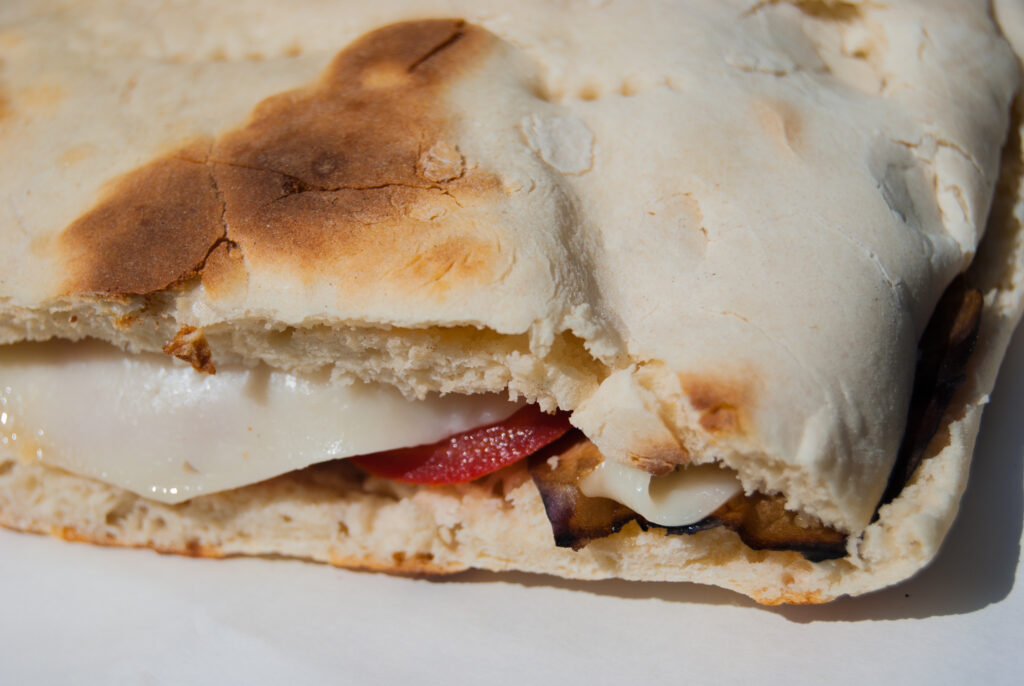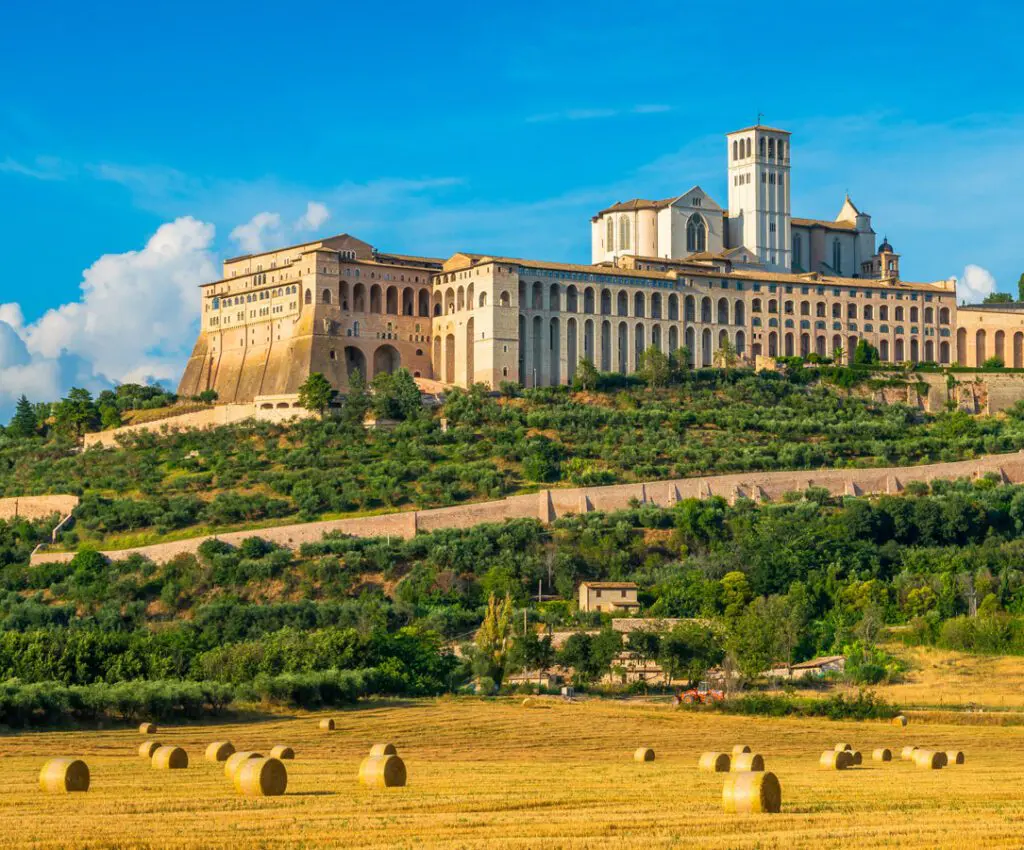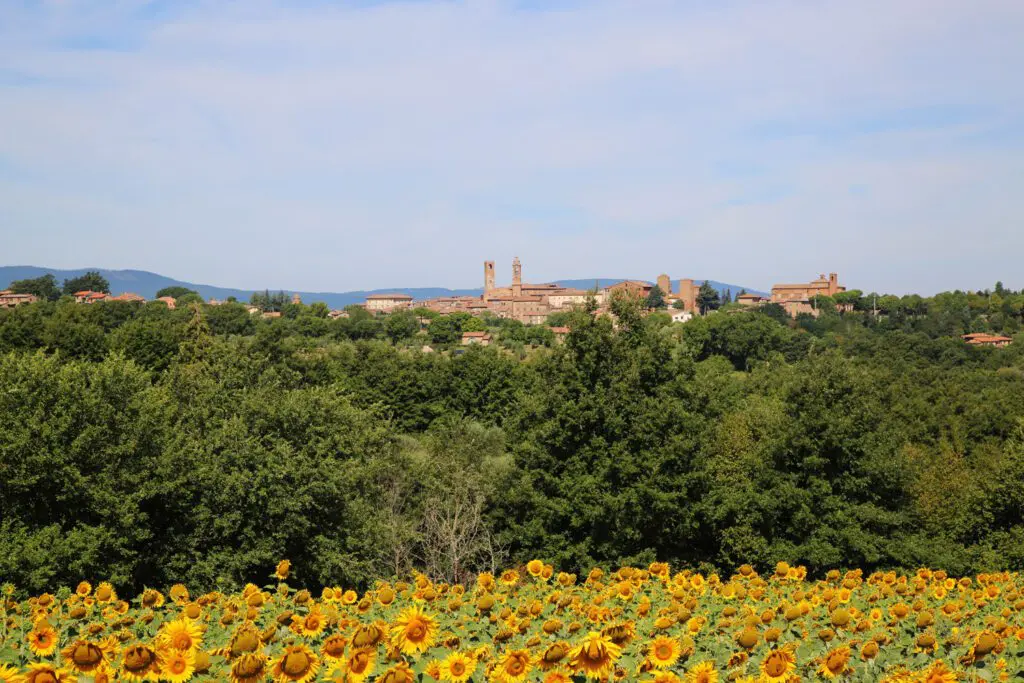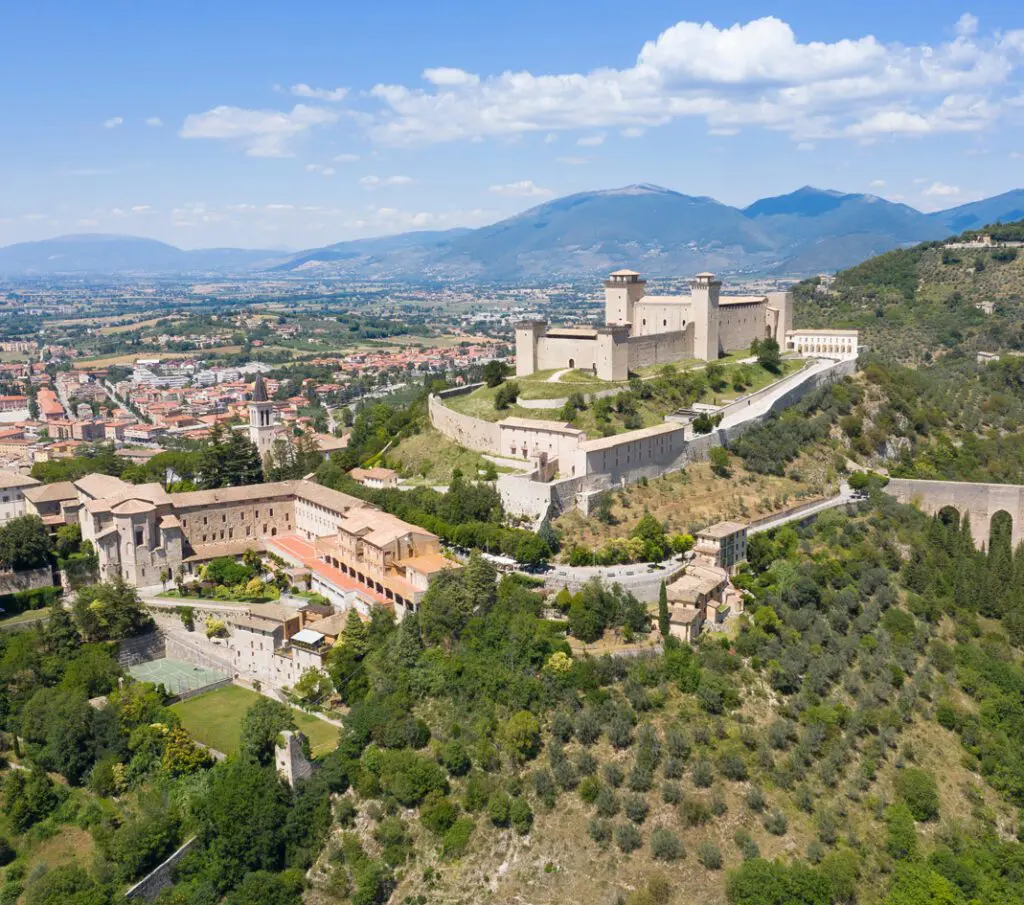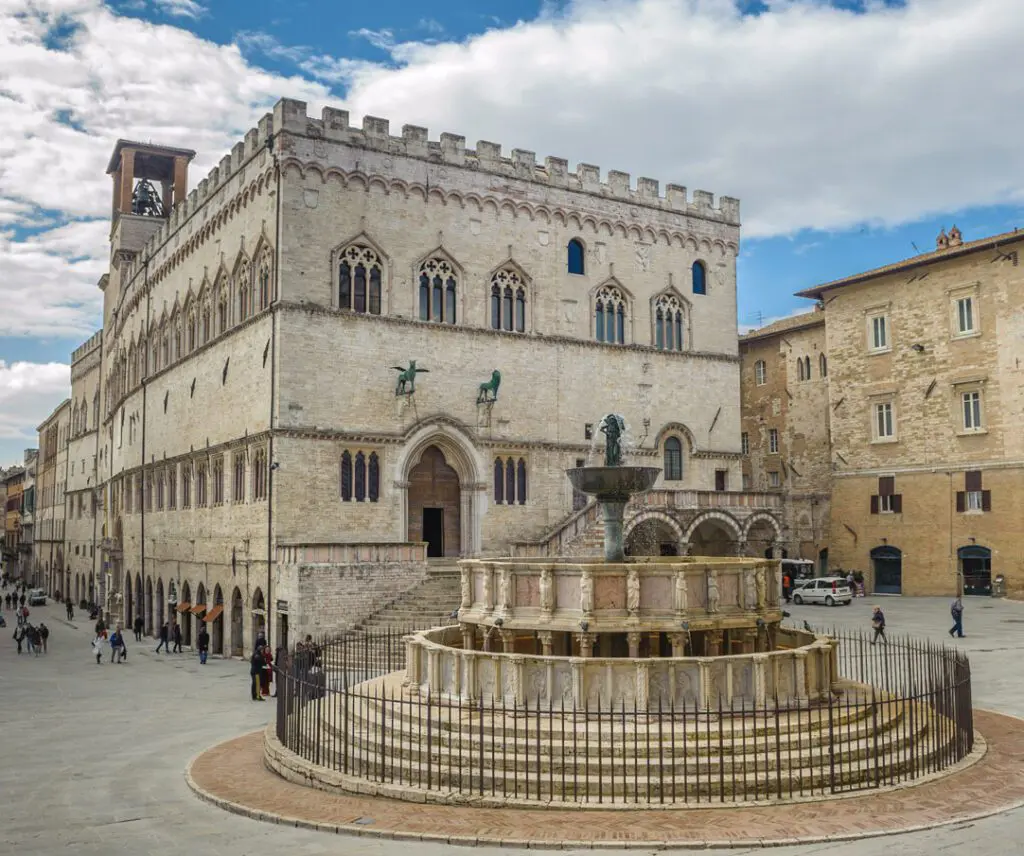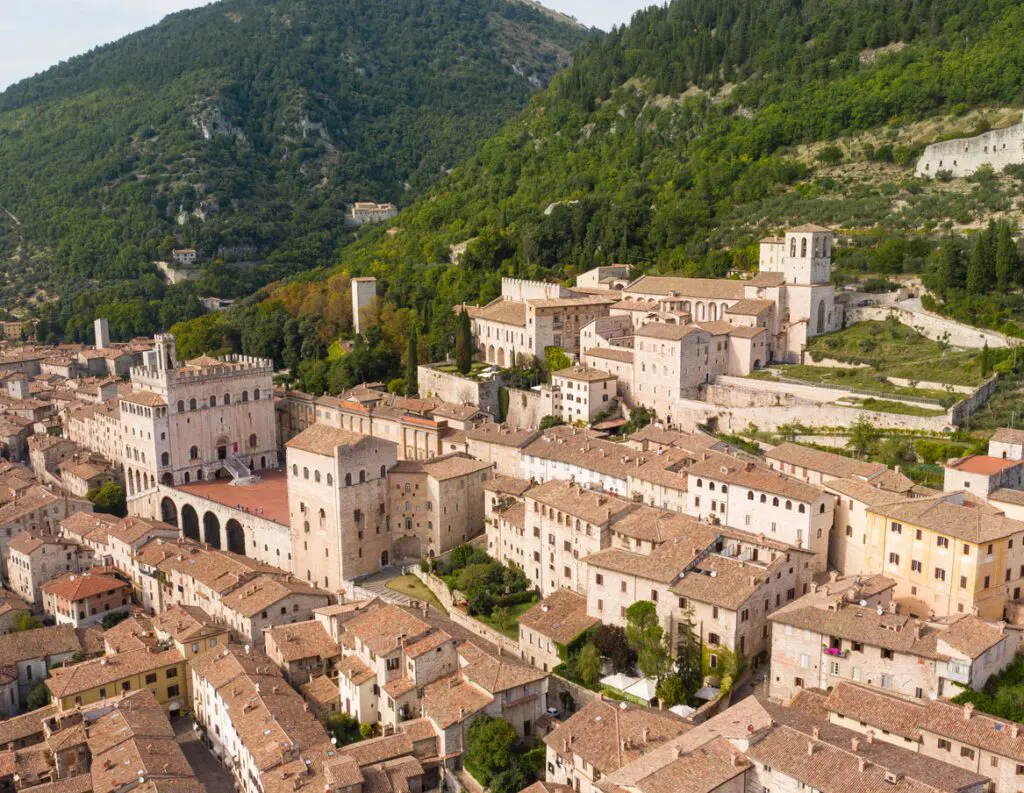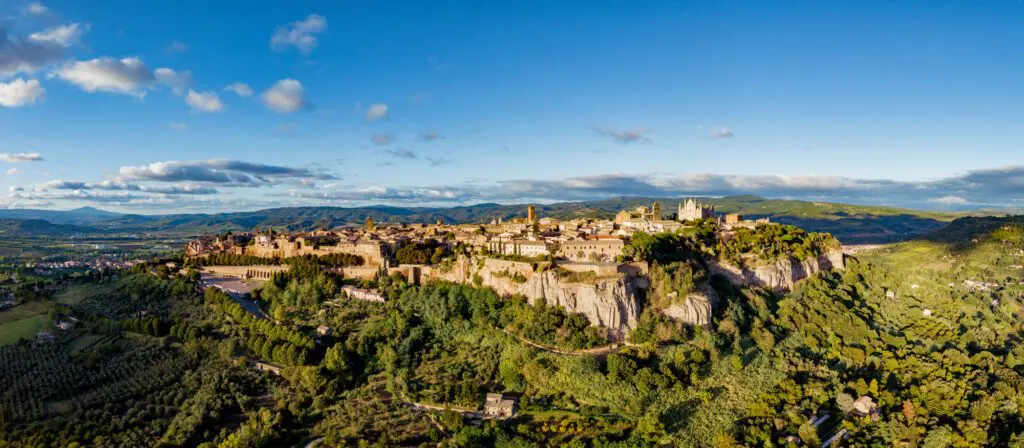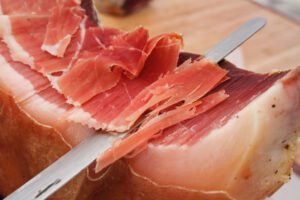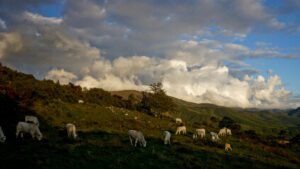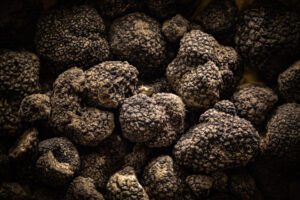An ancient spice
Native to Asia Minor, saffron, or Crocus Sativus, is present in central Italy since the Middle Ages. With a thousand uses, either medical or dyeing, it was spread in the West thanks to the Arabs: the name in fact, in Persian sahafaran, from asfar (yellow), became za'faran in Arabic and then azafran in Spanish. It is the only spice cultivated directly in Italy. The first evidence of saffron in Umbria is a document of 1200, from the account book of the monastery of Santa Maria di Valdiponte, near Perugia. For the following four centuries, in autumn the fields of the region were colored of purple, red and yellow, embellishing the Umbrian landscape with the nuances of these exotic flowers, in particular in the territories of the current Città della Pieve (then Castel della Pieve), Spoleto, Foligno, and Orvieto. If we consider that to obtain a gram of spice are needed about 150 flowers, it is possible to understand how much a small quantity of this spice could cost. Some statutes of the 1300s of the city of Cascia speak about punishments for those who had damaged the cultivations of "crocus", whereas in the 1500s there is evidence of commercial exchanges of saffron with precious gems.
Mysteriously, however, around 1600 the production of saffron ended. Actually, it was a series of historical and cultural convergences which put an end to the presence of the spice in central Italy. From a culinary point of view, the agricultural innovations coming from America, as well as the imposition of French cooking among aristocrats, were changing the eating habits of Italians, making the use of sauces, instead of spices, to season food. Meanwhile, the Chamber of Nuremberg, the European center of the saffron market, had issued heavy sanctions against the management of the spice in the area, sanctions which led to the death of the market in the space of half a century. Instead, in Florence, a city which had been supplied so much in Umbria for dyeing purposes, merchants began to turn to the Genoese who imported the spice from Spain, at lower costs. It was thanks to a group of impassioned that from the nineties it was returned to produce the saffron in Umbria. In some decades, agronomists, growers, and historians, curious about the past of their region, carried on experimental cultivations, supported by the Department of Arboriculture, succeeding in reintegrating in the territory this fascinating and precious spice.
The places of saffron in Umbria
Today many associations care about carrying on the culture of this spice. In one of the cities where saffron has been cultivated for the longest time, mainly for dyeing purposes, there is the association " The Crocus of Pietro Perugino - Saffron of Città della Pieve", in which participate about thirty producers who commercialize the spice only in threads, a way which guarantees its authenticity. Another association, the "Association of Cascia Saffron - Pure Saffron of Umbria", involves about twenty producers from Valnerina, where the spice, historically, was very commercialized also for its therapeutic properties. The suggestion is to pass by Cascia at the end of October for the Exhibition Market of the Saffron of Cascia, or on November 25th to relive the ancient ceremony during which the price of the spice is fixed every year, for the feast of Saint Catherine of Alexandria. In Spoleto, there is the Association "Saffron of the Duchy", promoter of festivals and market exhibitions. You could take advantage of it to taste here the "maltagliati" with saffron and chickpeas, golden pasta with a delicate and unique taste. Finally, in Gubbio, there is the young "Saffron Association", dedicated to a variant of the spice which is born spontaneously in the area, where a typical recipe is rabbit with saffron, a dish which marvelously combines two traditional Umbrian tastes.
